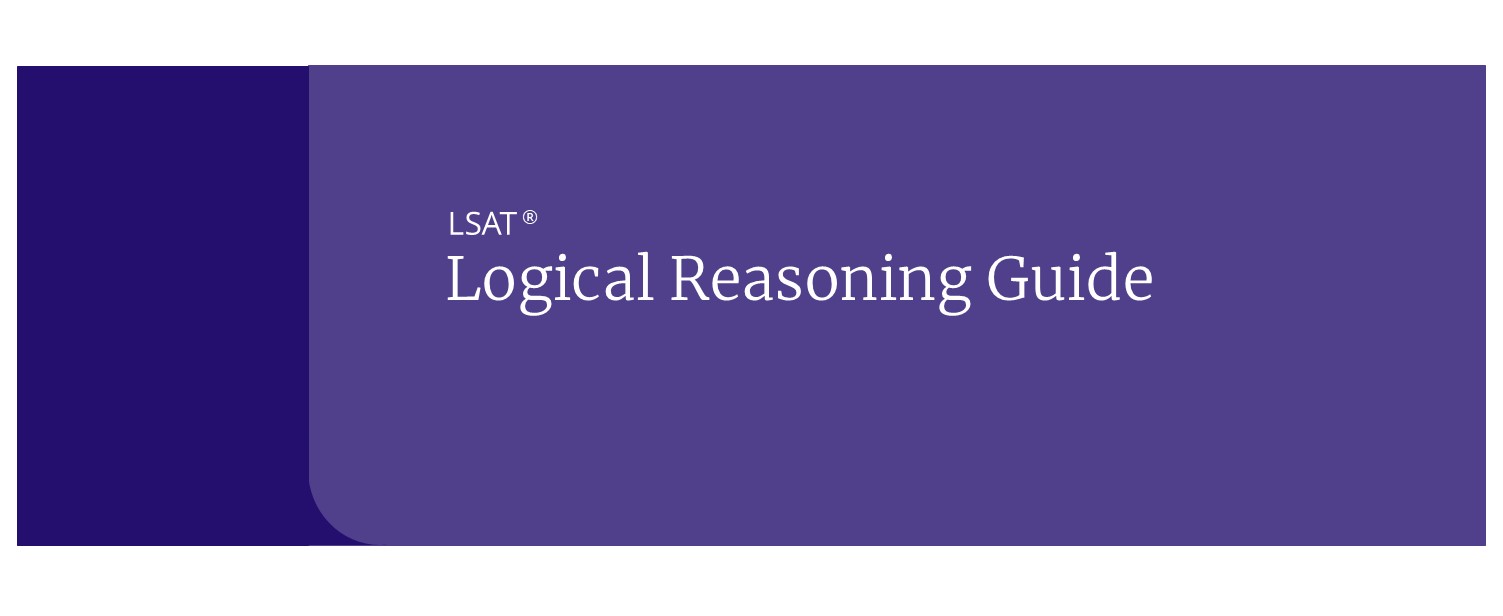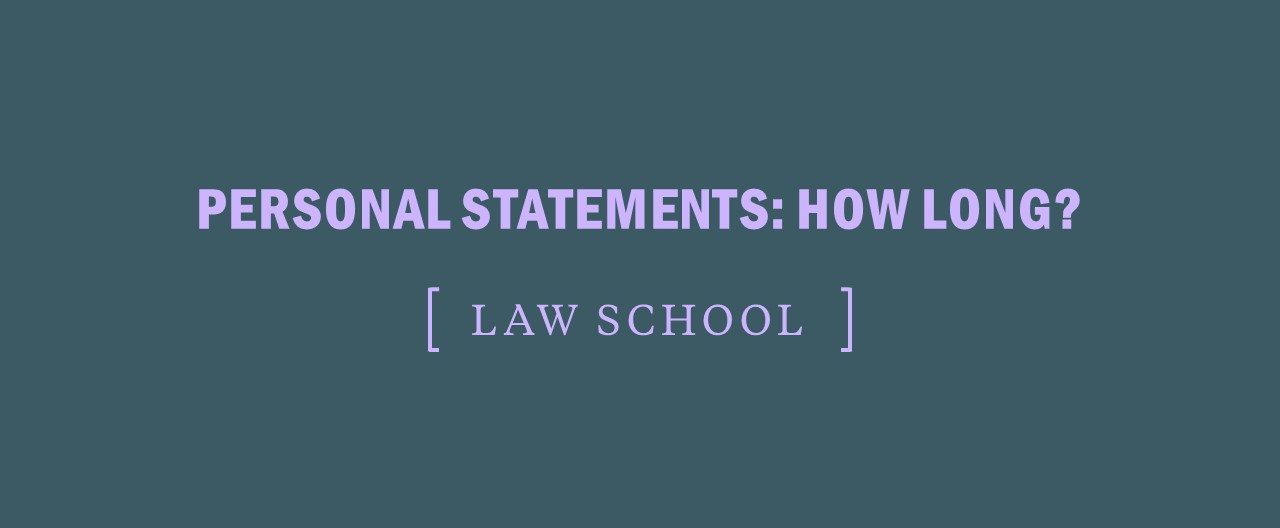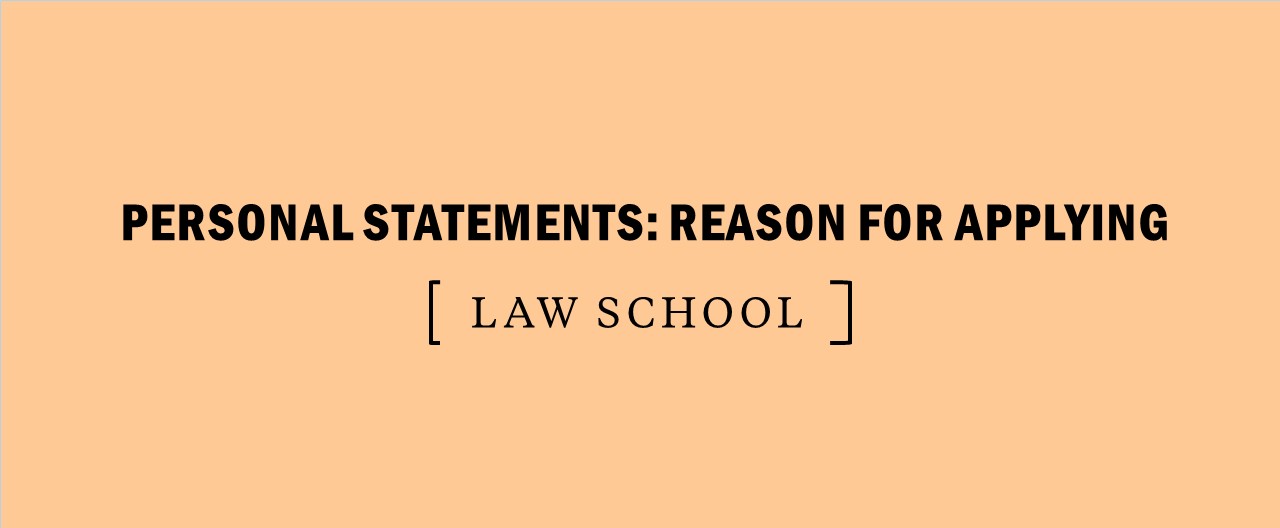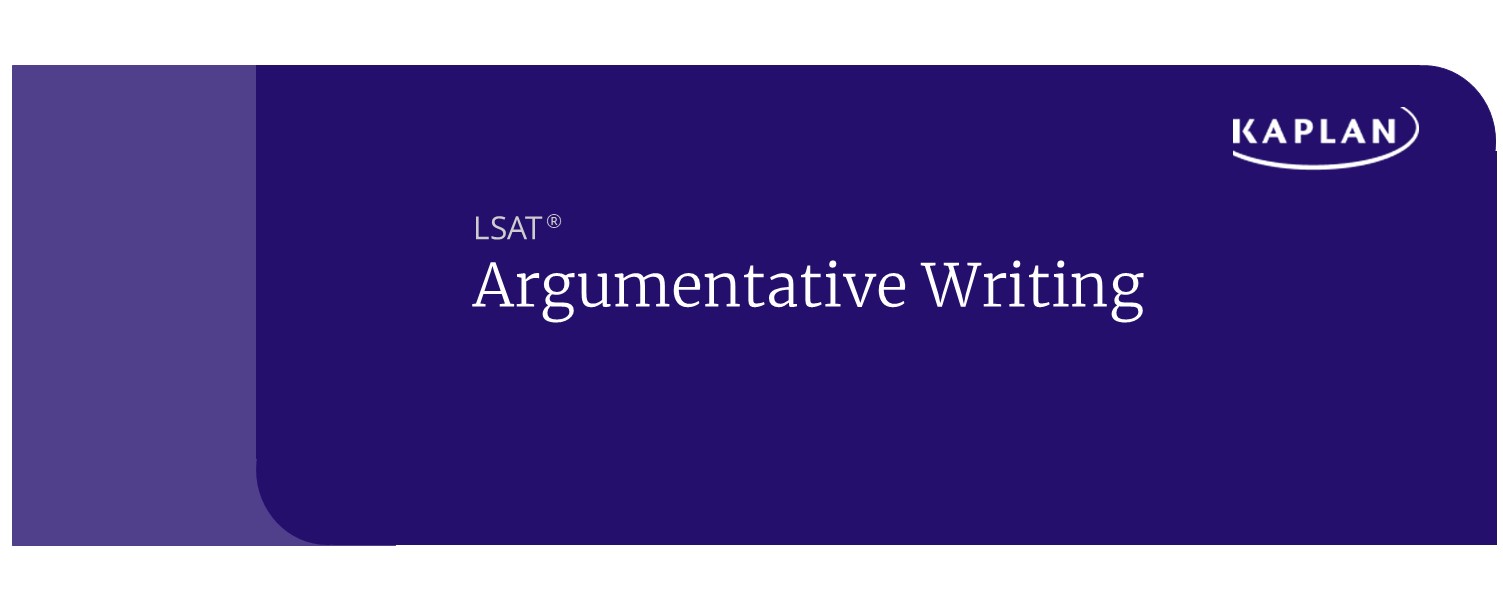Digital LSAT: Top Tips & Strategies
The digital LSAT was a big departure for the exam and its first major change in decades. As one of the last remaining paper-based standardized tests, the LSAT got a digital facelift in 2019 and moved from paper booklets to a digital interface. This article provides top tips and strategies from expert LSAT teachers on taking the digital LSAT and building a strategy toolbox for test day.
TABLE OF CONTENTS
- Learn The Digital Interface
- Optimizing Screen Preferences
- Skipping Questions
- Question Flagging Tips
- Countdown Timer Tips
[ RELATED: What’s Tested On The LSAT ]
Learn the Digital LSAT Interface During Practice Tests
Here is a screenshot of a generic question, taken from the Digital LSAT interface with labels for the buttons to show you what each of them does.
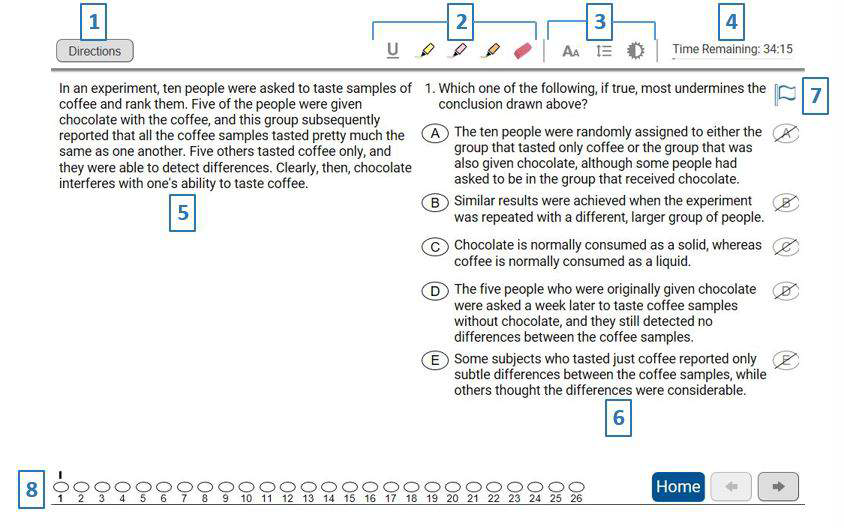
- The “Directions” button will take you back to the Directions slide at the start of the test section. When you’re on the Directions page, this button changes to say “Questions.” If you click the button while you’re on the Directions page, it will take you back to the last question at which you were looking.
- These icons activate the underlining and highlighting tools (there are three highlighter colors), and an eraser tool to remove underlines or highlights you’ve made.
- These three tools allow you to adjust the font size (four options), line spacing (three options), and brightness (a slider).
- This is the section timer. It will start at 35:00 and count down to 00:00. For the first 30 minutes of the section, you can hide the timer by clicking on the numbers.
- This is where the question’s stimulus or prompt will be. For Logical Reasoning, that means the argument or paragraph on which the question is based. For Reading Comprehension, it means the passage.
- This column will always have the question stem and answer choices. Clicking a circle to the left of an answer choice selects that choice as the correct answer. Clicking a circle to the right of an answer choice will gray down that choice.
- This flag allows you to mark questions, which is discussed later in this article.
- The horizontal bar at the bottom of the screen is for navigation. It’s called the “bubble bar,”- and it indicates questions for which you’ve selected an answer, questions you’ve left blank, and any question you’ve flagged.
[ LSAT Expert Tip: You must click a choice from the left-hand circles; graying down four answer choices does not automatically select the correct answer. This may look or sound confusing at first, but it’s quite intuitive after just a couple of minutes of practice.]
Optimize Your Screen Preferences
Before your actual test begins, the proctor will read the instructions, check your room and tabletop for any forbidden items or materials and have you complete your setup. During this time you’ll be able to set up your screen preferences including:
- font size
- line spacing
- brightness
- timer settings
It’s important to know that you’re not locked into your screen preferences. You can change them at any time throughout the test.
Practice tests using the official testing interface (which is integrated into our LSAT courses) on the machine you intend to use for your official test. That way, you’ll know your preferred settings before test day.
Annotation Tools
When you use the annotation tools, you may want to adjust the font size and line spacing. Try increasing the font size from “default” to “large”. This may significantly improve the precision of both the highlighter and the underline tool. The underline tool can be made even more precise by increasing the line spacing from “default” to “medium.”
If you are having a hard time seeing an entire Reading Comp passage on screen try reducing the font size from “default” to “small”. This will often make shorter Reading Comp passages visible in the “passage only” view. Some passages, particularly the comparative set, may be too long for this hack. But it works on most of the passages released by LSAC, so this should work more often than not.
[ LSAT Expert Tip ] Trying to keep work in your head is one of the biggest time-killers and mistake-creators on the LSAT.
Skip Questions Based on Your Abilities and Test-Taking Style
The vast majority of test-takers don’t consistently finish every section, so strategic skipping is an important way to maximize the points you can get with the time and skills that you have. Ready for some good news? The navigation bar of the digital LSAT makes strategic skipping easier than ever. Here are some skipping strategies to consider.
Logical Reasoning Question Skipping
On Logical Reasoning, 15-22 contain the hardest questions. So what should you do if you’re on question 17 when you get the 5-minute warning? Zip ahead to the last few questions of the section. Chances are they’ll be easier than the ones you’d be working on otherwise.
Reading Comprehension Question Skipping
On Reading Comprehension, the navigation bar lets you quickly assess which passages have the most questions. If you typically only get through 3 passages, skip the passage that has the fewest.
This strategy works best for test-takers who perform pretty evenly across game types and passage topics. If you need to skip a whole passage and are consistently better at some passage types than others, use the navigation bar to click on the first question of each passage to check out the passage subject before choosing which to skip.
Remember every question on the LSAT is “worth” the same, and there’s no penalty for a wrong answer. As such, one of our oldest, tried-and-true tips is to not leave any bubbles blank. Select an answer for every question even if it is a guess.
Be Smart About Using Flags
You will have access to a FLAG tool that allows you to mark questions you want to skip and return to. To get the most out of this feature you have to flag strategically.
You know that feeling where you can just sense that you’re missing something—that the key to unlocking the problem is just beyond your grasp—but the seconds are ticking past and you’re already a minute and a half in?
These are the questions to flag because these are questions you can reasonably return to and get right the second time around.
How to Maximize Your Second Look
To increase your chances of having a quick and successful second look at your flagged questions, physically eliminate all the answers that you’re confident aren’t contenders so you don’t waste time rereading them on your second pass.
One of the coolest platform features is that when you eliminate an answer choice, it marks the answer with a slash AND turns the text from black to gray, essentially ‘watermarking’ the eliminated answers into the background, making the final contenders really pop.
And if there’s something about a contender that seems fishy but you’re not sure if it’s grounds for elimination, highlight the part that seems not quite right. When you return to a flagged question, all your work is saved, so leaving yourself a little reminder or two can help you pick up where you left off.
[ LSAT Expert Tip ] You can’t annotate an answer after you’ve collapsed or eliminated it, so if you want to leave yourself a reminder, do it before you take any other action.
Okay, so you just looked at a scenario where flagging a question is a good move. You’ve done some work, made some eliminations, and you’re stuck between a couple of answer choices.
How To Handle a Question You Can’t Understand At All
This is a common LSAT scenario: You’re reading a question and you cannot for the life of you figure out what any of it means. This is a question you should probably not be flagging.
Why? Because the chances of getting it right on your second pass just aren’t high enough. Even folks who always finish with time to spare can usually come back to just a few questions per section. So unless you’re the exception, you only want to flag questions where you’ve got a good shot at victory.
How To Flag Questions If You Have Very High Accuracy
If you have extremely high accuracy on at least one LSAT section and consistently finish it with time to spare, then you should take a different approach to flagging—flag everything that you’re not 100% certain about.
Logical Reasoning Question Flagging
On Logical Reasoning, you may even choose to do the entire section in two passes. During pass 1, do everything that’s easy for you and flag everything else. And on pass 2, do the flagged questions. The advantage of this approach is that you’ll know exactly how much time you have to dig into those flagged questions, allowing you to spend way more time than you otherwise would if you had questions still to address for the first time.
But what if you’ve flagged 5 questions and you’ve only got 3 minutes left on the clock? Prioritize questions that are likely to be easier. The hardest questions in the Logical Reasoning section tend to appear between 15 and 22, so if you flagged a question before or after that block, start there. If you flagged one in the first 10 questions, do that one before questions in the teens or twenties.
Reading Comprehension Question Flagging
On Reading Comprehension, you’re more likely to recall the passages you read most recently, so prioritize flagged questions in passages 3 and 4 (or, if you did your passages out of order, whichever two passages you read last).
Toughest LSAT Questions Quiz
Try to answer five of the most challenging LSAT questions.
FREE PREMIUM CONTENT
Toughest LSAT Questions Quiz
Unlock the answers and explanations to all questions from our hardest LSAT questions quiz.
Hide the Countdown Timer If It’s Distracting You
Some test takers like to see the timer. Others get anxious having the clock in their peripheral vision. There is no right or wrong way to use the timer. Try it out on practice tests to see what works best for you.
When you hide the timer (by clicking the countdown clock) it will automatically pop up with the 5-minute warning when practicing. And if you do want to check your time before the 5-minute warning, just click the space where the countdown clock was and it’ll reappear.
You are not able to proceed in the section until you actively close the 5-minute warning pop-up. From that point until the end of the section, you will not be able to hide the countdown timer.
When you have less than five minutes remaining in a section, take a moment to click an answer (even if it’s a guess) to each unanswered question you have remaining.
[ RELATED: LSAT Score Predictor ]


